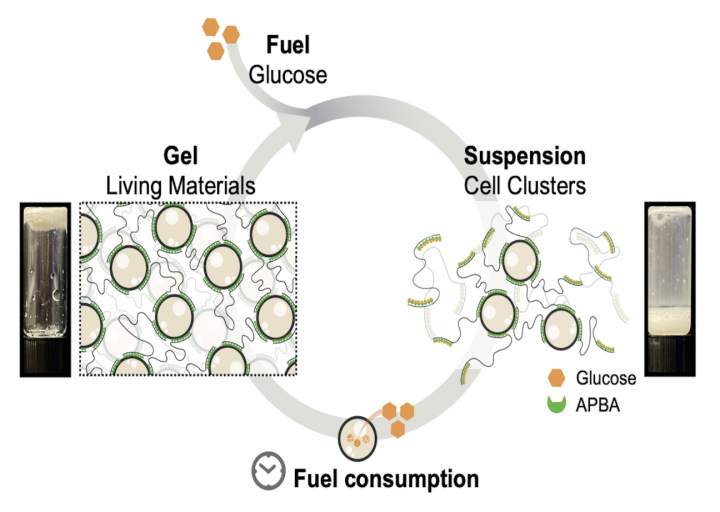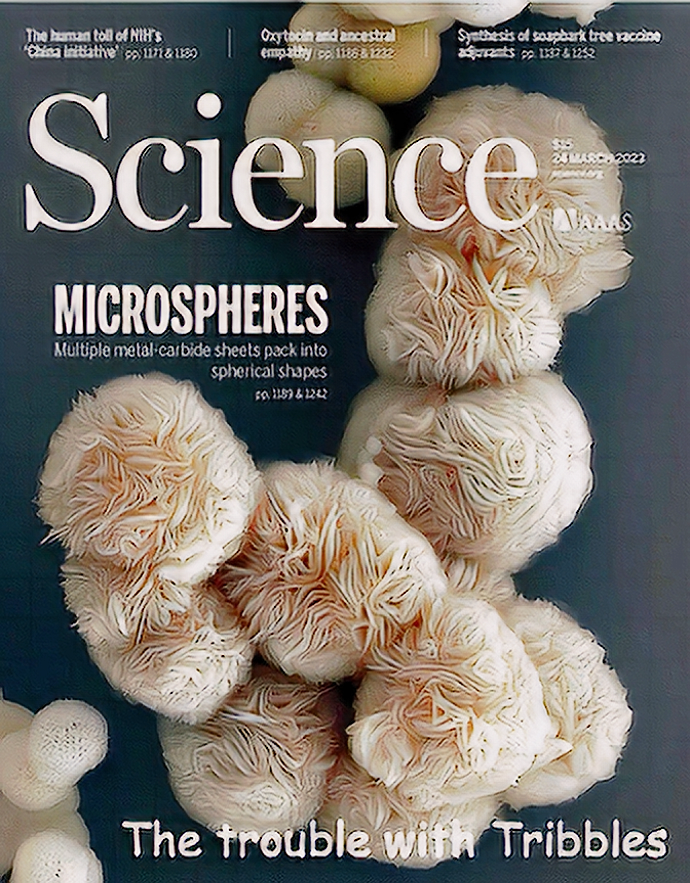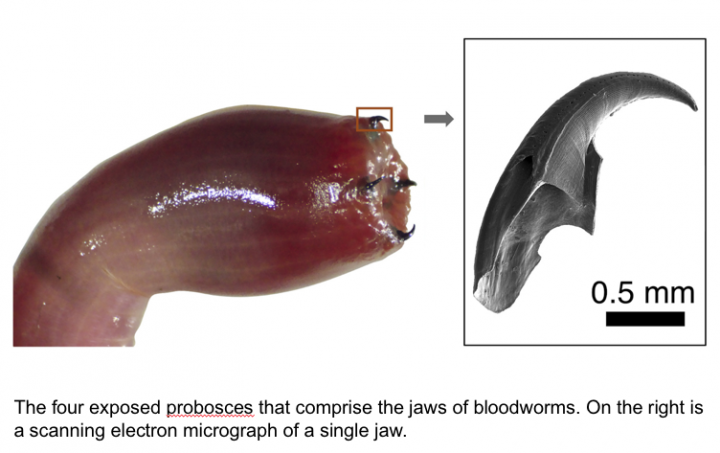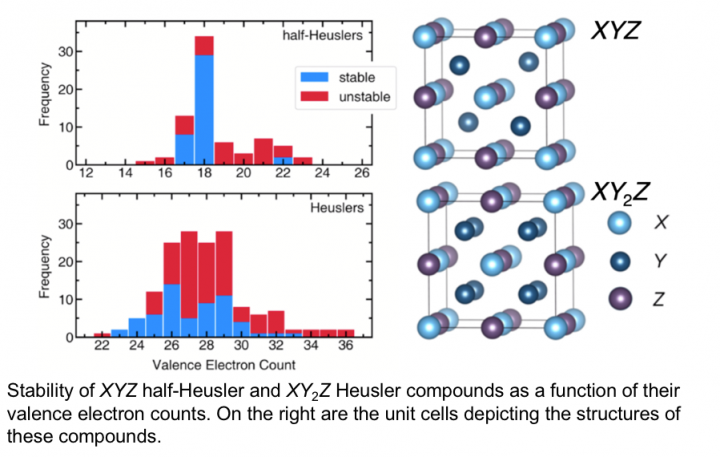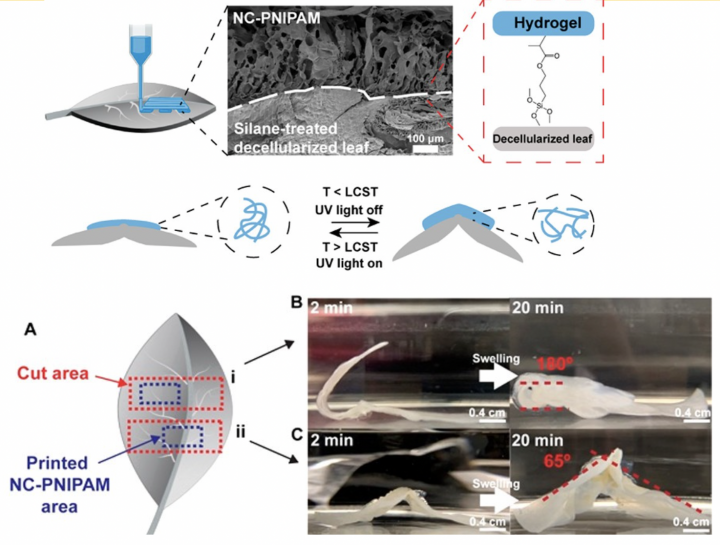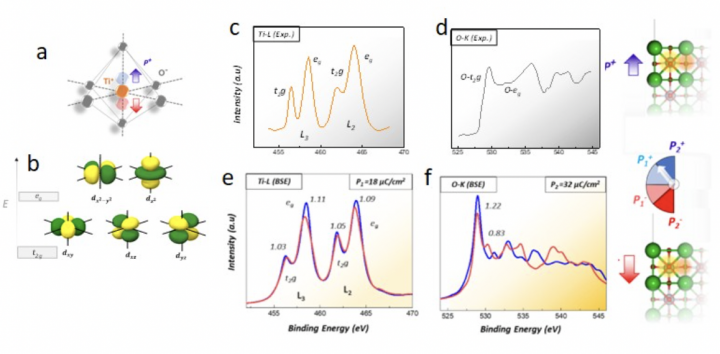The main achievement of this research is revealing the atomic-scale origin of the low grain-boundary (GB) resistance in Li0.375Sr0.4375Ta0.75Zr0.25O3 (LSTZ0.75) perovskite solid electrolyte and providing insights on overcoming the ubiquitous bottleneck of high GB resistance in other oxide solid electrolytes.


